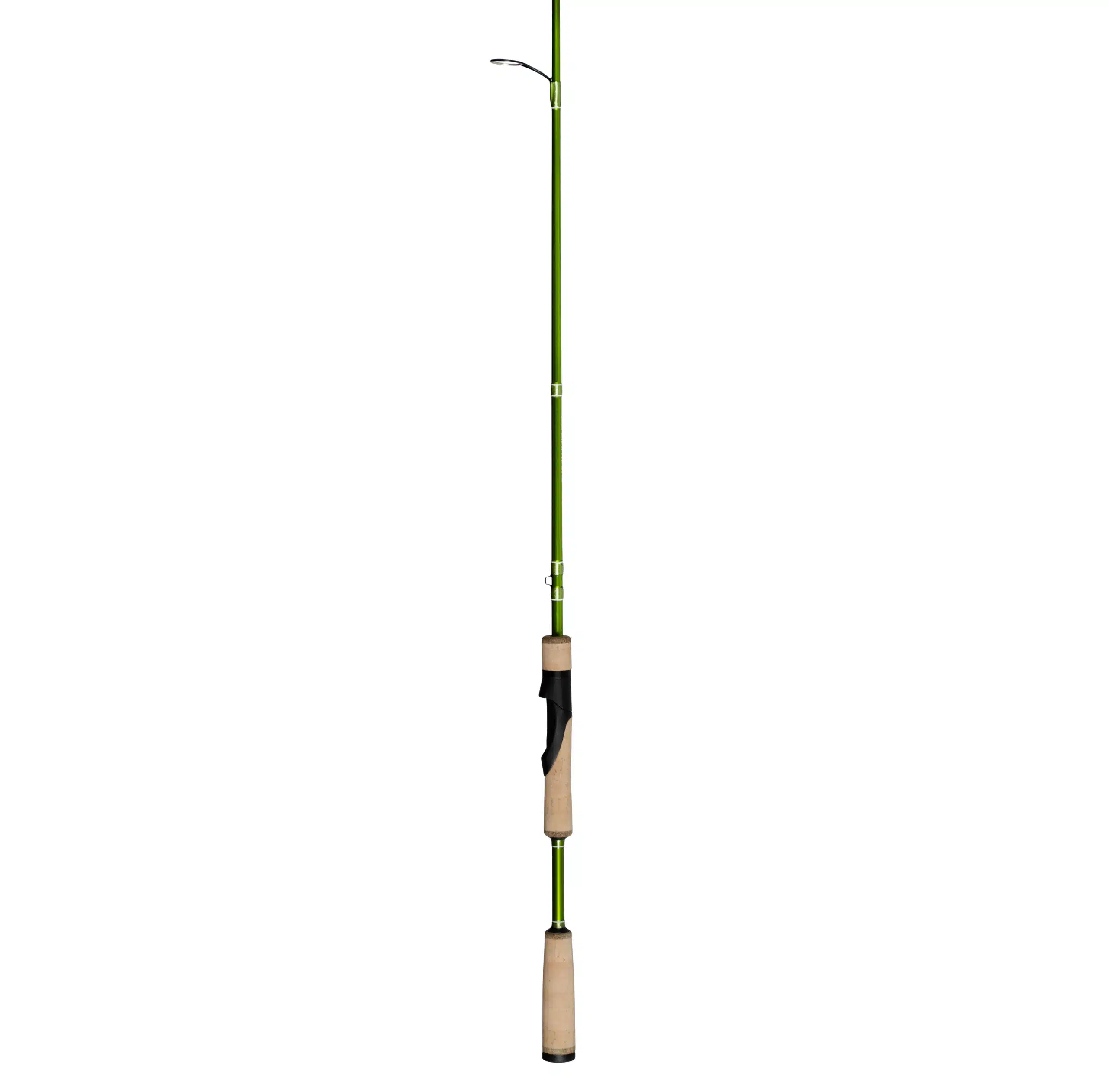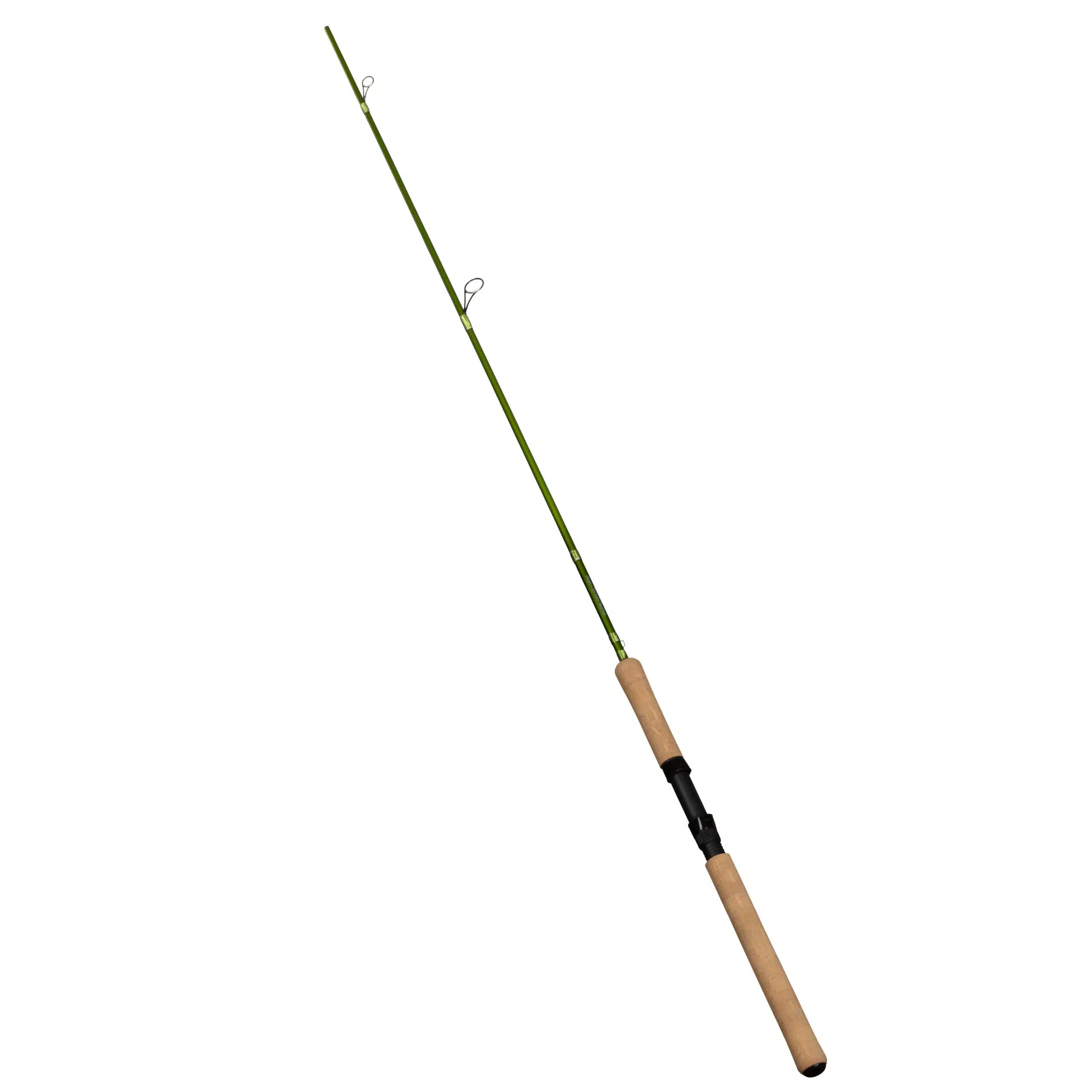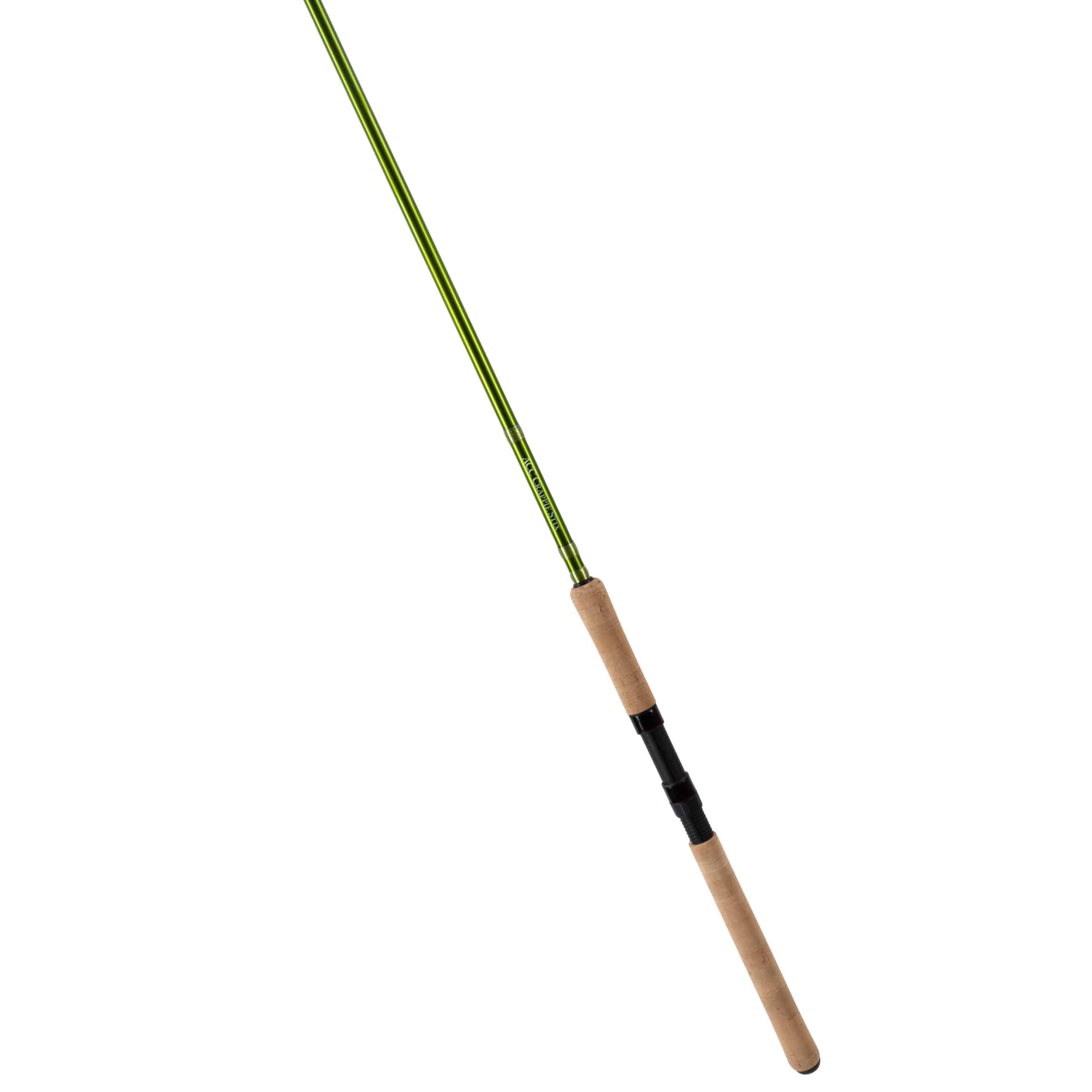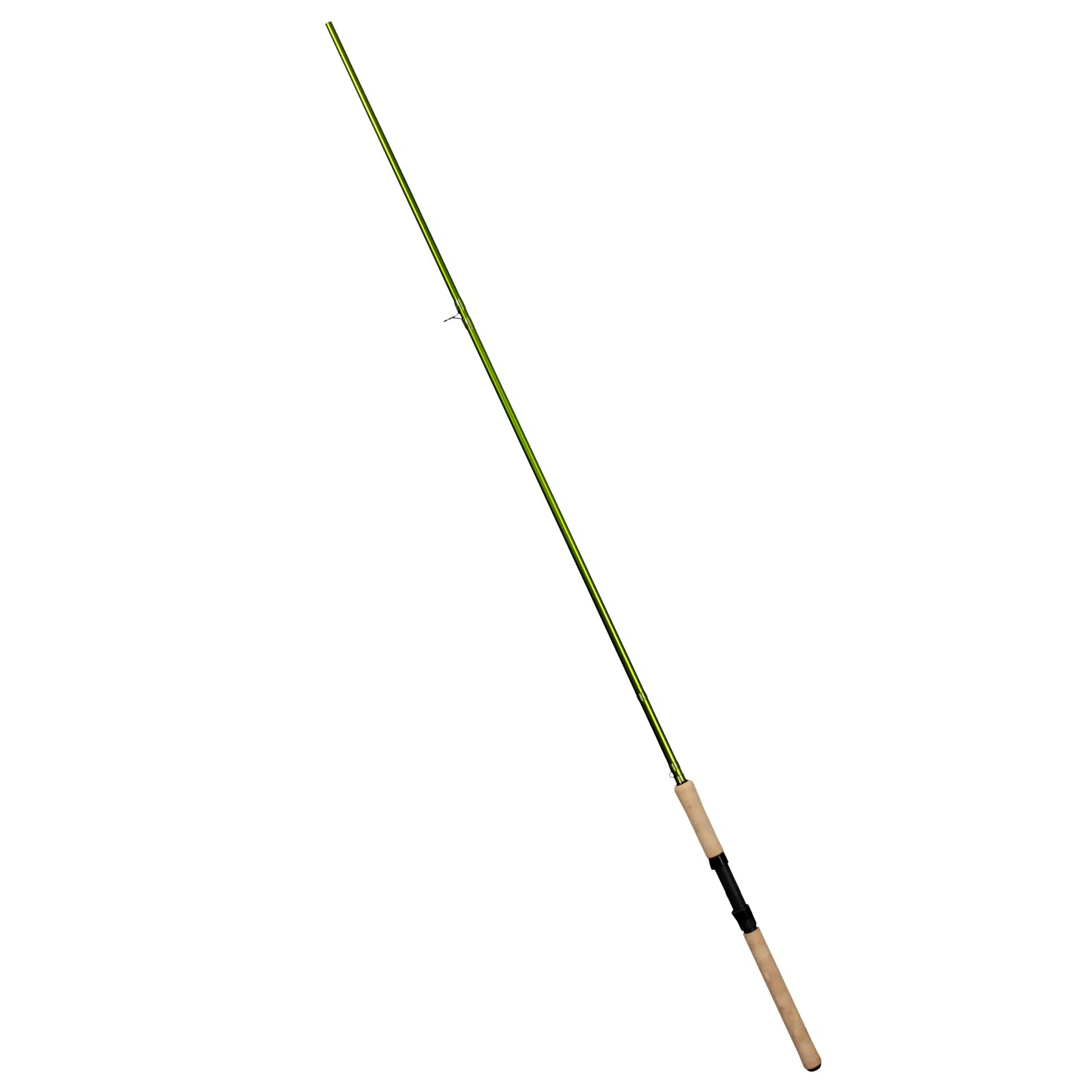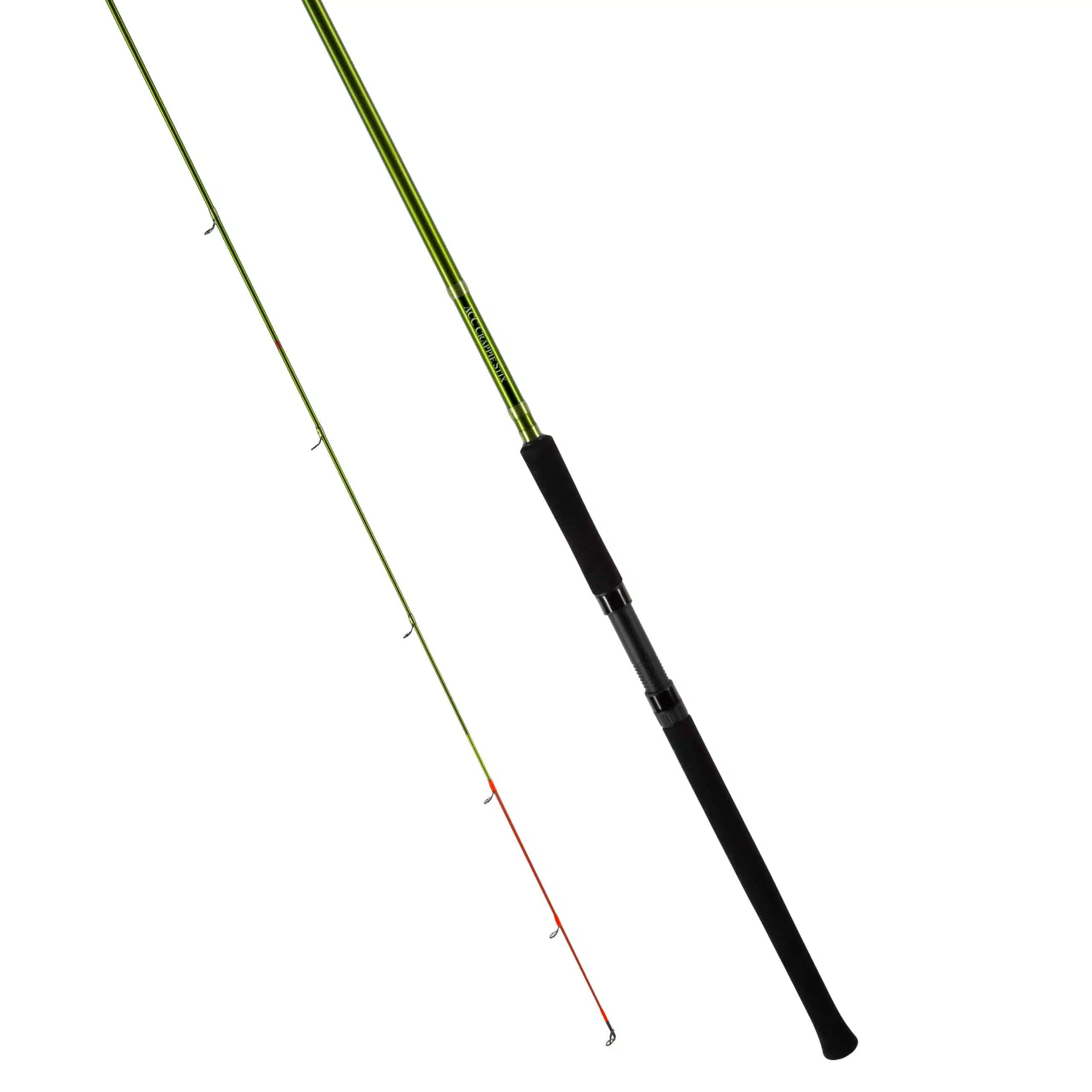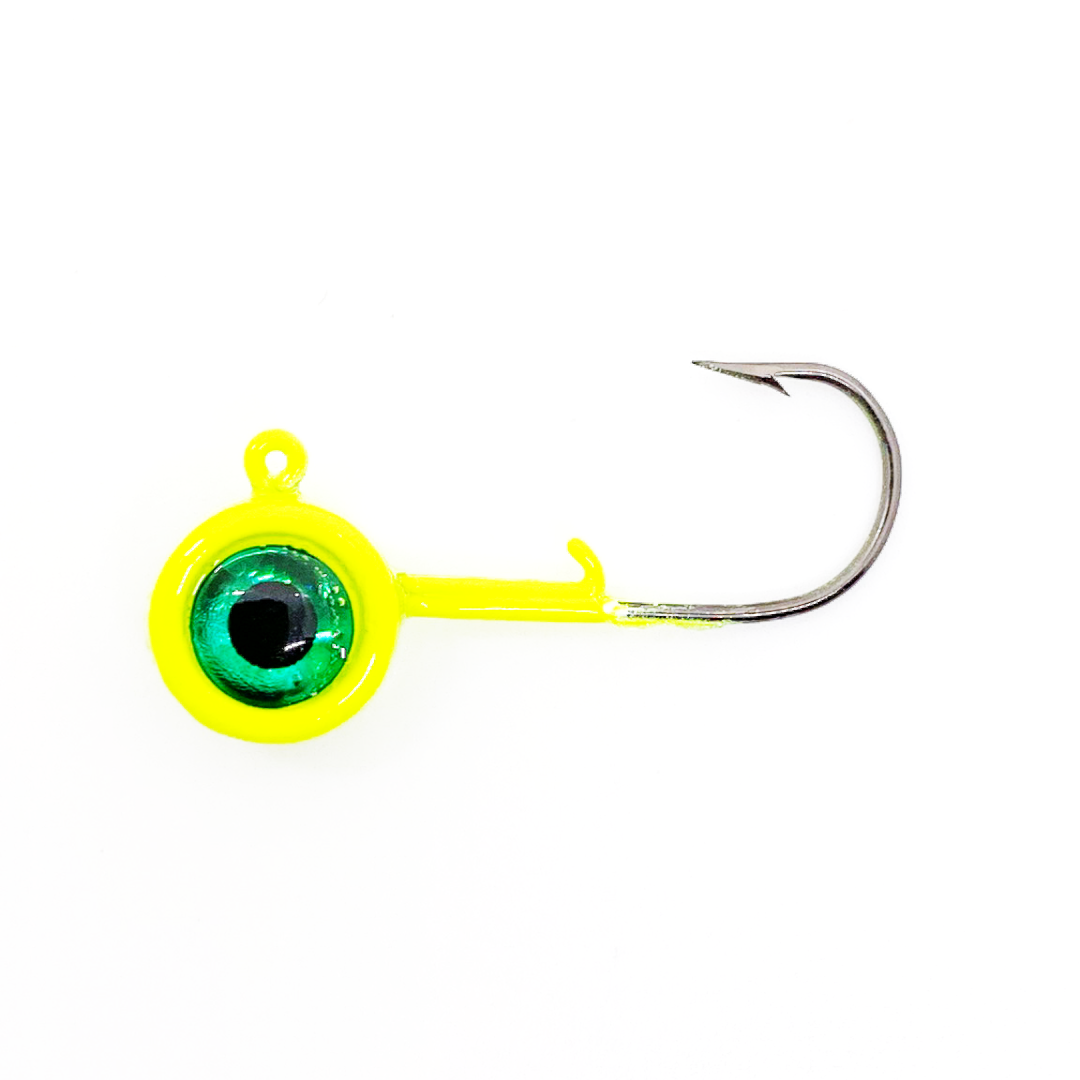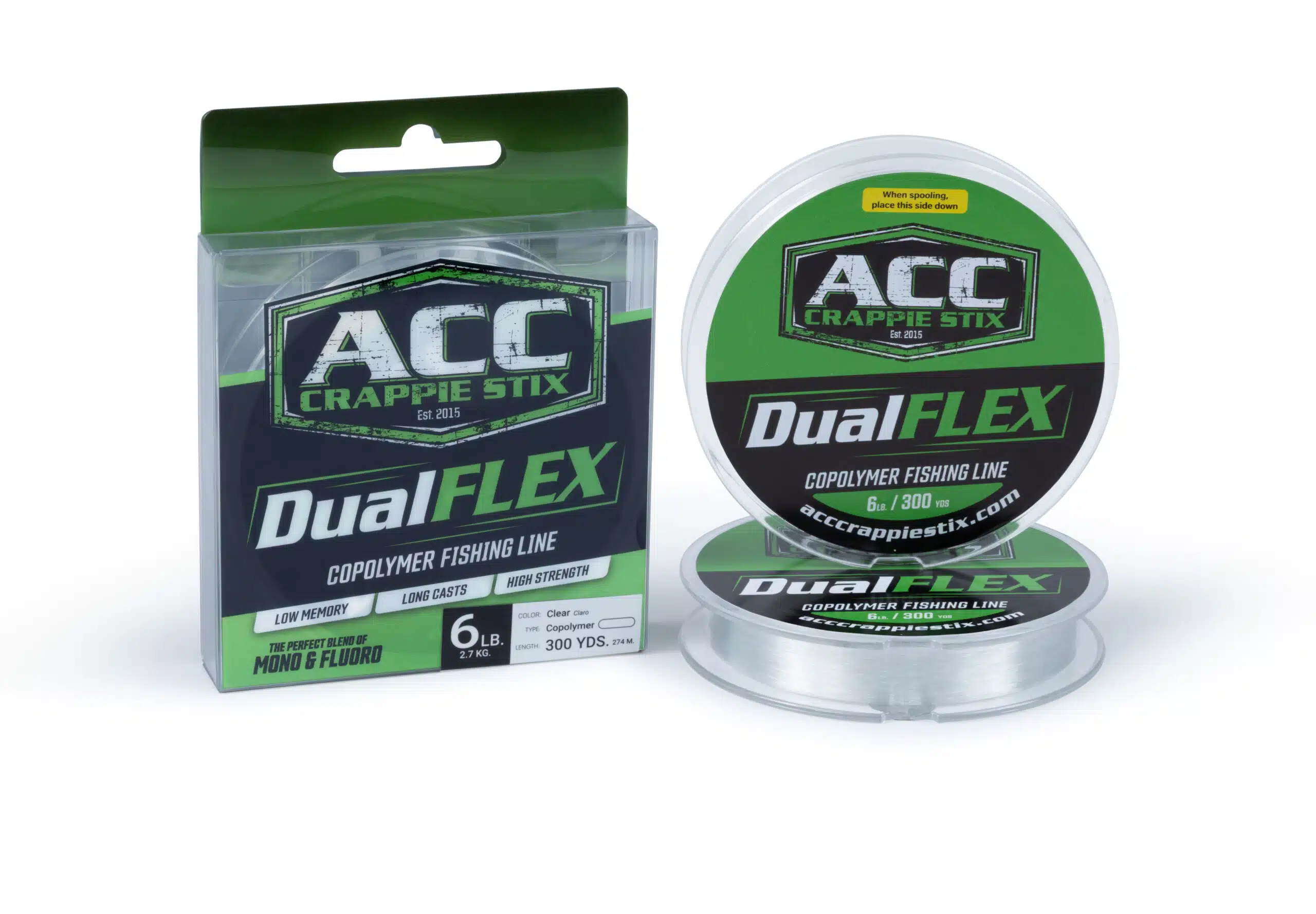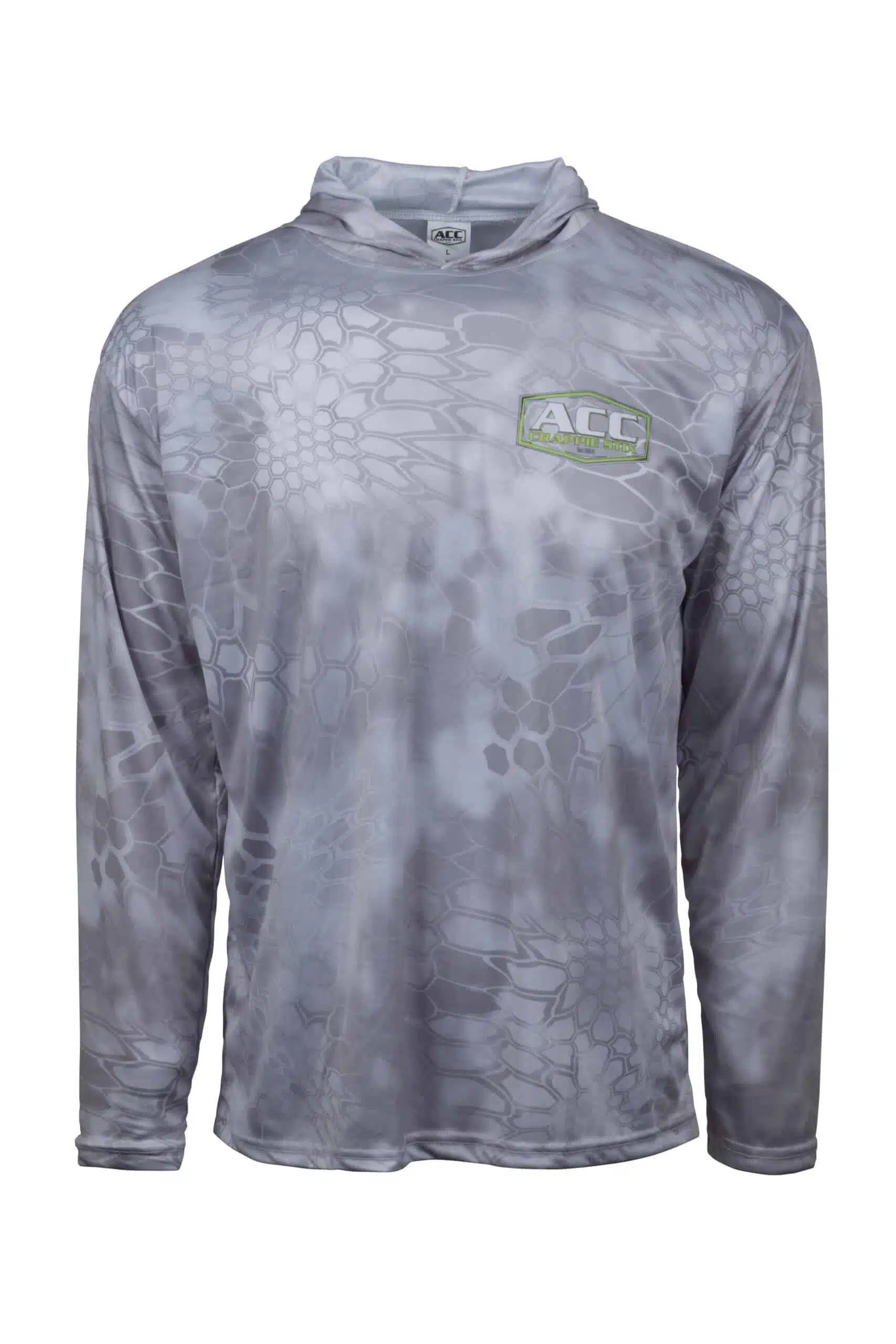Crappie fishing with a drop shot rig
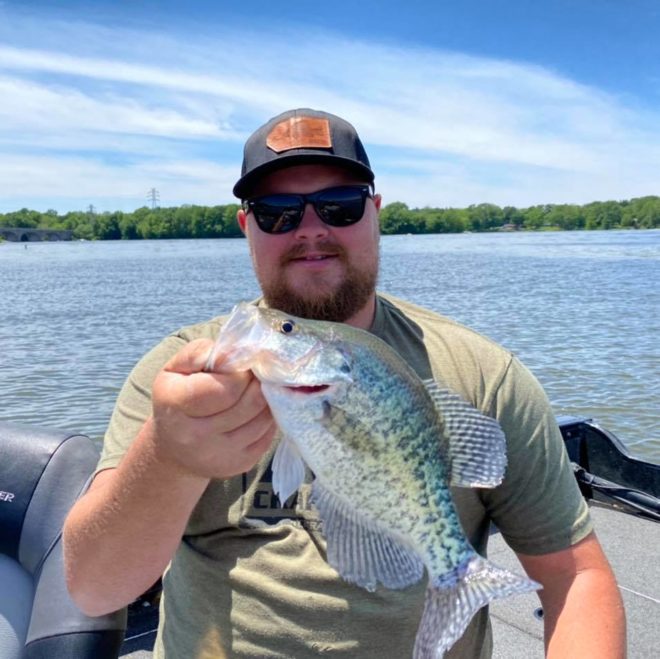
By Greg McCain
Even the best crappie anglers have experienced days when the fish just won’t bite. The fish are present. They are visible on LiveScope. They are set up to feed but shun normal offerings..
What’s the answer to persuade these reluctant crappie to eat? Move on? Try another color? Change from jigs to minnows?
One possible answer is to use another presentation, and an alternative to consider for a different look is a drop-shot rig. Popular among bass fishermen and responsible for many checks on bass tournament circuits, the drop shot has its place in everyone’s crappie fishing repertoire also.
Trollers, mainly spider riggers, use a drop-shot set-up regularly, typically with a heavy weight that keeps the presentation as close to vertical as possible. Not as many fishermen use similar rigging for casting or for pitching.
The typical drop-shot rig is simple: a weight at the bottom of the line with a jig (or jigs) or a hook up the line about a foot. The weight can be attached directly to the main line with the lure or hook connected with a loop knot. A different approach is to tie the lure or hook directly to the main line, leaving a long tag to which the weight is tied.
The weight is a little heavier than normal according to crappie standards with 1/8 oz. usually the minimum, 1/4 oz. fairly standard, and 1/2 oz. needed for extreme depths or for an ultra-fast drop. Weights designed specifically for the purpose are usually either round or cylindrical, but a bell sinker or egg sinker can be used just as effectively.
The same drop-shot hook used for bass fishing works for crappie as well. Plastics or minnows can be easily nose-hooked with a drop-shot hook. However, many anglers still use a standard #2 crappie hook when minnow fishing.
“I’ve used that technique in the past during the dog days of summer when the bite is tough, dropping a minnow-tipped jig in deep brush piles,” said Oklahoma guide and ACC pro staff member Don McClish (PointBreak Crappie Guide Service, 918.316.3363).
For another ACC pro staffer, the drop shot is a go-to presentation.
“I love to drop shot brush,” said Illinois guide Reagan Smith (www.centralilcrappieguide.com). “All my jigging rods are set up this way right now actually. I prefer to use a 1/4 oz. drop-shot weight on the bottom and then a #2 size Tru-Turn hook with a minnow or plastic of your choice about 8”-12” inches above the weight with a loop knot.”
The technique is effective and also efficient when fishing brush. While drop shots may not eliminate snags totally, it does give anglers an opportunity to retrieve their snagged lure. Both Don and Reagan mentioned that idea as one of the positive things associated with drop-shotting.
“I prefer this method for one simple reason: it is to not get stuck as much,” Reagan said. “I still use light line and when fishing brush when I get stuck, I just lower the rod tip and 90 percent of the time that weight drops and frees up the hook, and you don’t have to worry about getting stuck as much as you would with a jig.”
Added Don, who fishes the drop shot on an ACC 10-foot jigging rod, “If you get snagged, the weight on the bottom allows you to bounce it loose.”
The drop shot has various other positives and a few negatives associated with it.
“It does seem to show up great on LiveScope, but a lot of the time, I get the fish more interested in the weight than in the bait,” Reagan said. “I do, however, find it very convenient to use for saving money on jig heads and plastics.”
Most fishermen present the drop shot in one of two ways, either through short flips or with a totally vertical presentation.
When pitched a short distance, the drop shot pendulums quickly through the water column, creating a reaction bite. A vertical approach, especially when combined with a heavier weight, allows for supreme control.
Either approach works well, pitching normally confined to open water or to the perimeter of brush with the vertical approach good around standing timber and in brush piles. A combination of the two can be used around ledges.
Much like the technique itself, the bite is different with a drop shot. Don suggested keeping an eye on the rod tip when drop-shotting.
“Most of the time when I was using that technique, I’d deadstick it, and the sinker weight would put a slight load on the rod tip,” he said, “and when I saw the tip lift, I’d set the hook or it would have a weightless feel.”
The drop-shot rig for crappie may never replace more popular techniques, but the day comes along when all fishermen need something just a little different to fool fish. The drop shot provides that unique approach in a very simple way and can turn a difficult day of fishing into a productive one.

